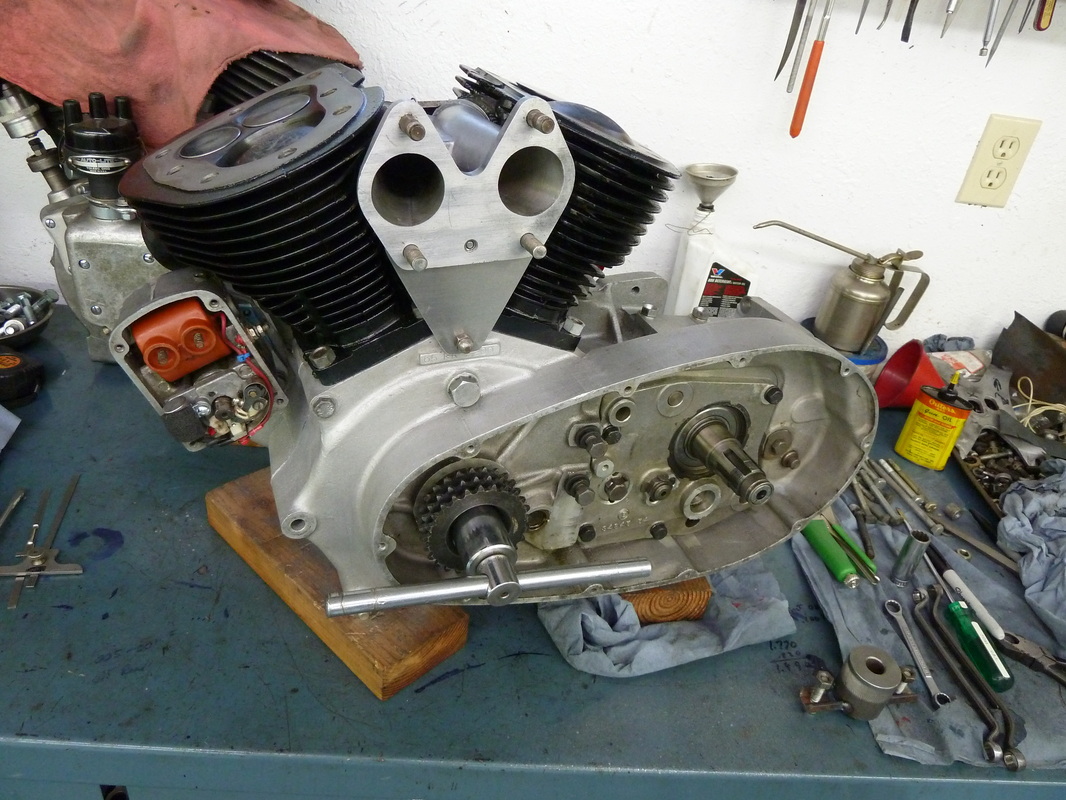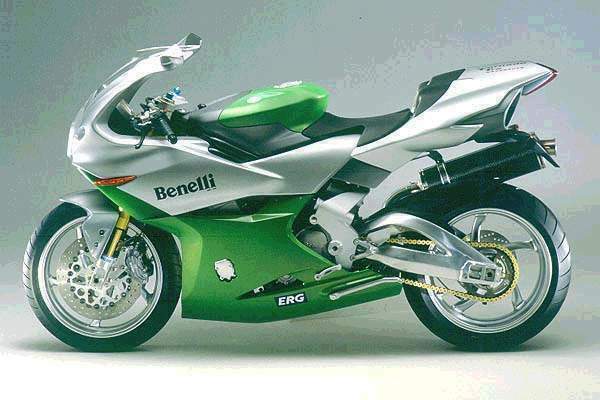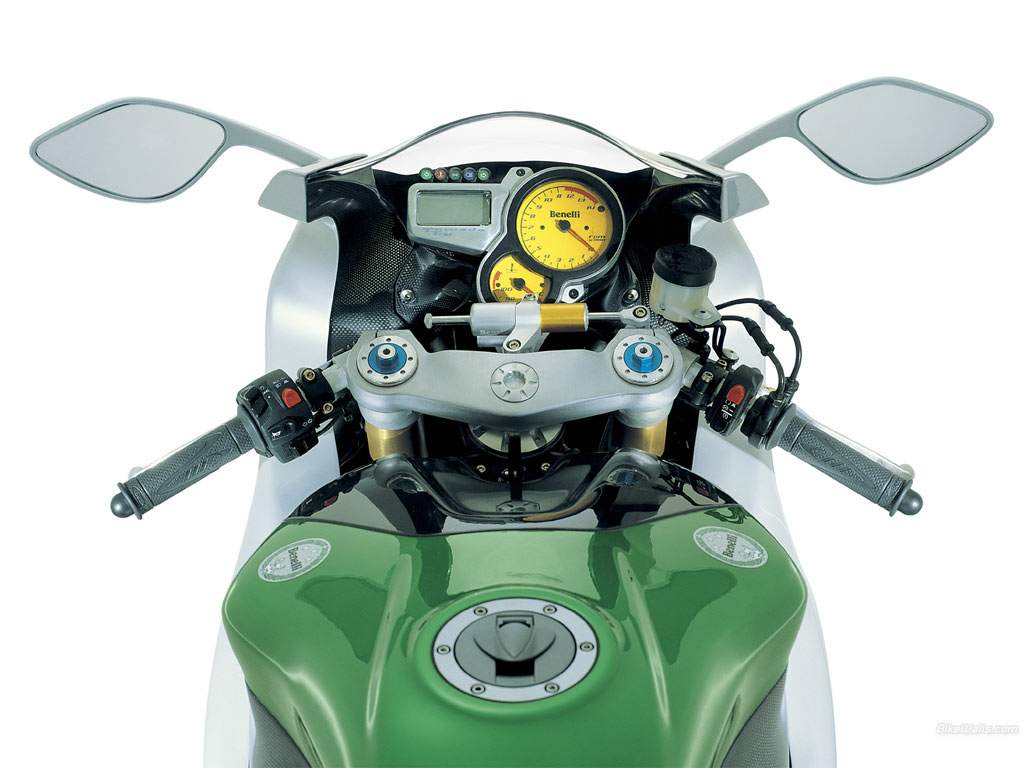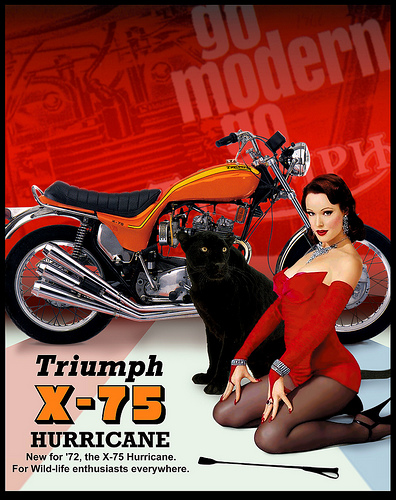





Aboard the new five speed XRTT-750 Cal Rayborn II gives Harley-Davidson its final AMA Grand National road race victory at Laguna Seca Raceway in Monterey, California. This would be the last ever road race won by the XR-750.
Earlier in the spring of 1972, Cal Rayborn turned in perhaps his most famous performance. Going against the wishes of the factory, Rayborn accepted an invitation to the Transatlantic Match Races in England. With the factory refusing to back him, Cal then, out his own pocket, hired Walt Faulk, the service manager from Daytona Harley-Davidson, crated Walt's old 1970 cast iron road racer and a back up engine and off they both went to England. The entire operation was so slipshod that Cal, Walt and a fellow airline passenger had to hand carry the 200 lb back up motor aboard the plane. He had to switch engines between races and rebuild the day’s previous engine in the back of a van and do it for six races at three different tracks. While in a pub teammate and friend Don Emde drew maps of the tracks where they would racing on a cocktail napkin!
On the outdated bike and with no experience on the tracks, Cal won three of the six races (and finished second in the other three) while British rider Ray Pickrell on a Triumph triple won the other three races (and finished second in the other three races), a dead heat! That race marked the beginning of a long friendship with the English for Rayborn and also some long sought after recognition by the rest of the motorcycling world that American riders, long thought only able to master oval dirt tracks, could be top-tier road racers.
Tragedy struck in December of 1973, when he was killed at a club event in New Zealand when the bike he was riding seized up and threw him into a guardrail at well over 100 mph.
Whether over beers or in the back of a garage, whenever there’s a discussion about who's America’s best road racer of all time, Cal Rayborn’s name inevitably comes up. Rayborn won 11 AMA nationals during his relatively short seven-year professional racing career. Ten of those victories came on road racing courses, including two Daytona 200 wins, making him easily the top American road racer of his era.
Cal Rayborn II was inducted in the AMA Motorcycle Hall of Fame in 1999.
Today in motorcycle history proudly supports the National Association for Bikers with a Disability (NABD). www.nabd.org.uk
Today in motorcycle history proudly supports the National Association for Bikers with a Disability (NABD). www.nabd.org.uk
































